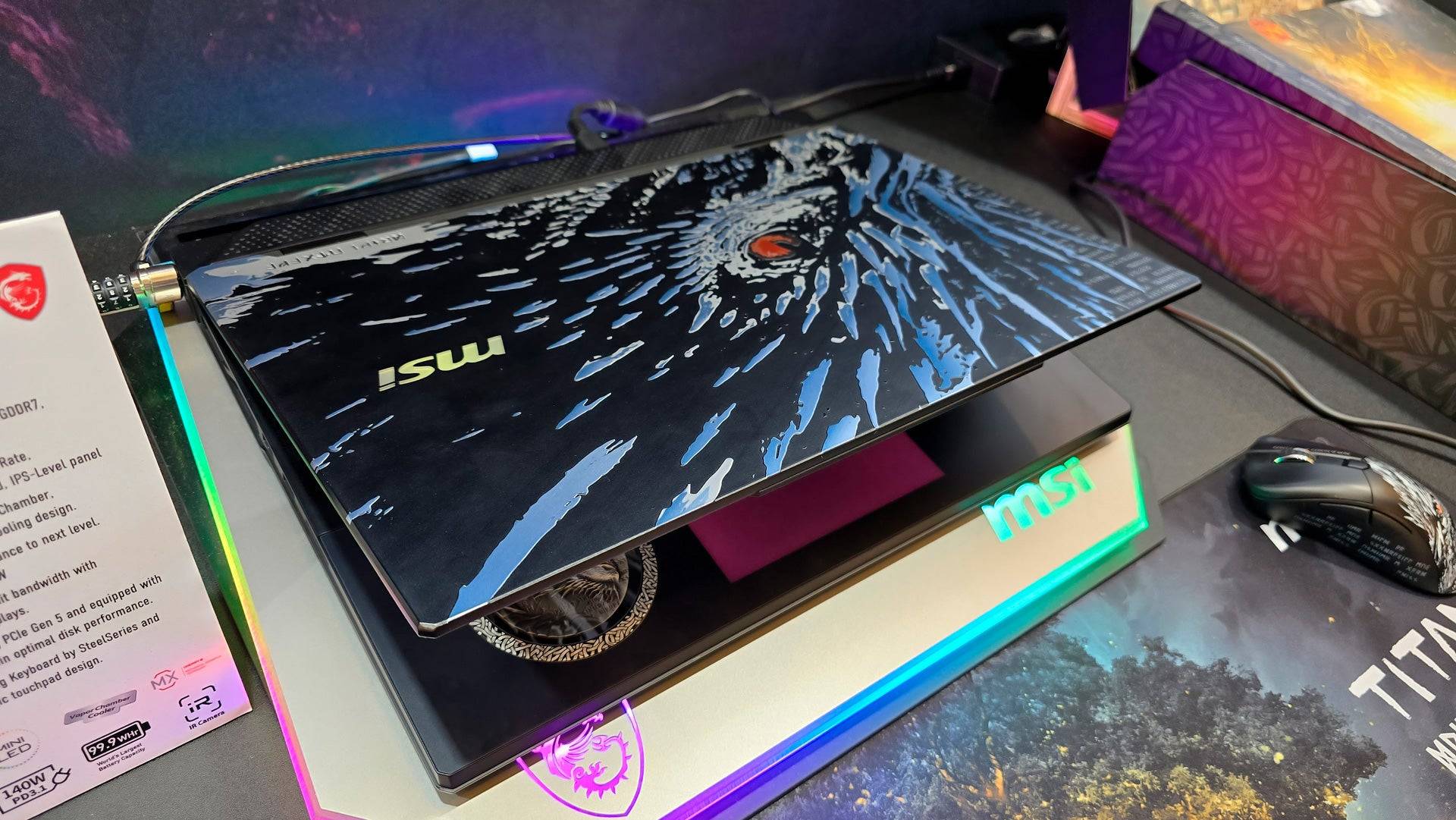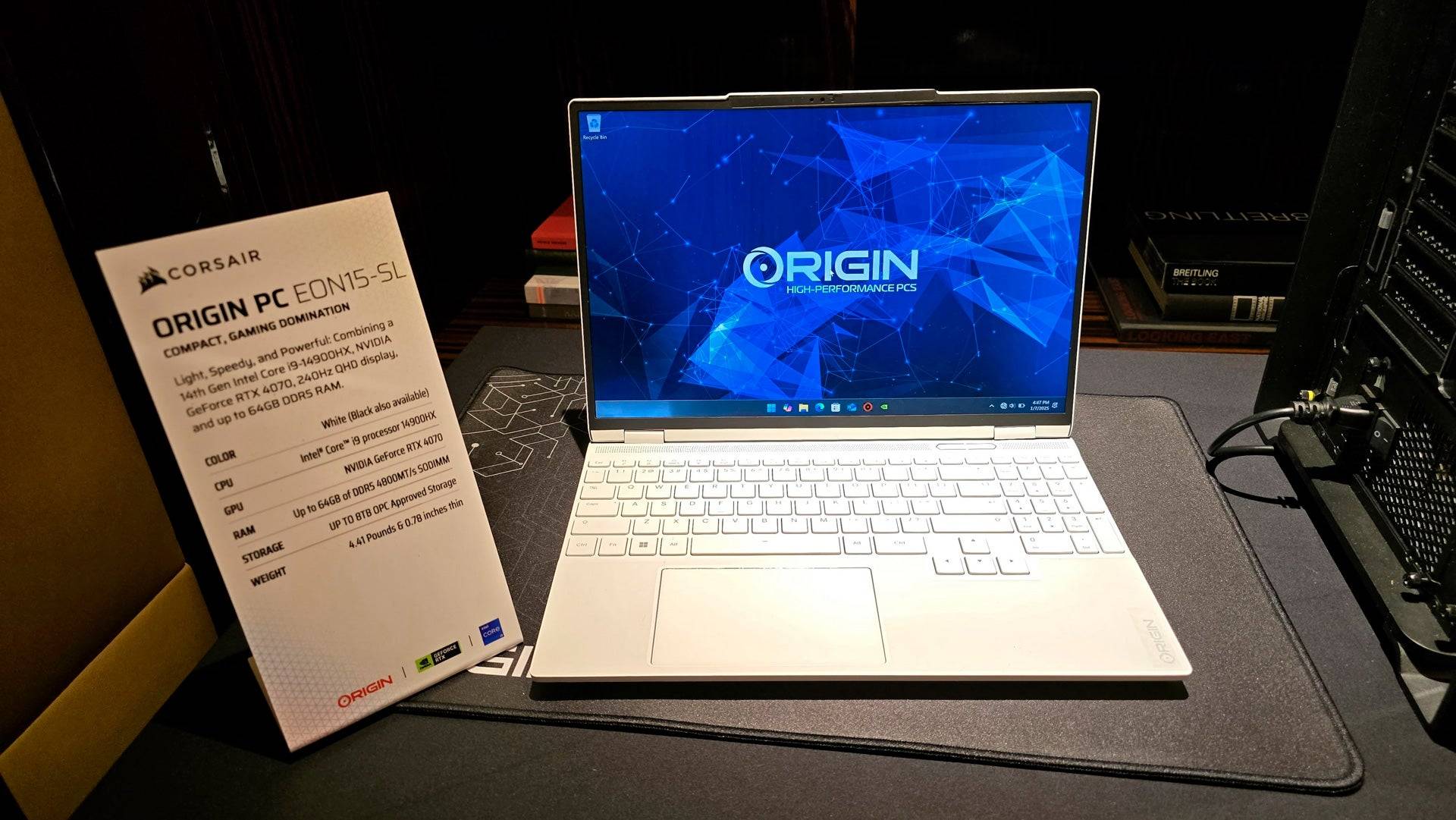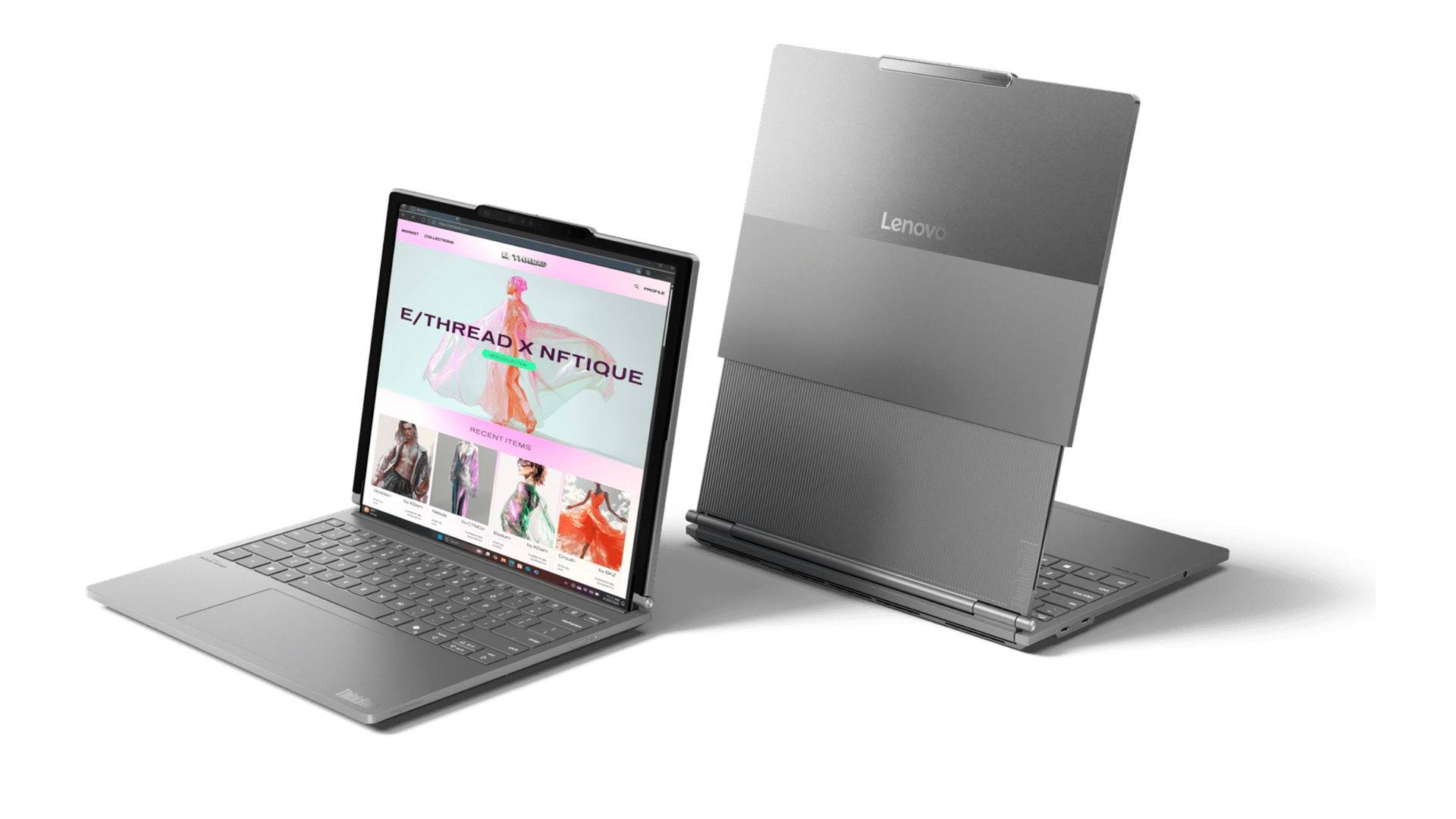Ragnarok Online 3 Pre-Order DetailsRagnarok Online 3 is not yet open for pre-order on any official storefront. Stay tuned for updates as soon as official announcements are made.Similar Games to Try
Author: MichaelReading:0
The Consumer Electronics Show (CES) always showcases a plethora of laptops, and this year's event was no different. I explored the show floor, as well as jam-packed suites and showrooms, to identify the leading trends shaping gaming laptops in 2025. Here are the key themes that emerged as pivotal in the world of gaming laptops.
Gaming laptops have traditionally offered a wide range of styles, but this year, the variety felt more pronounced than ever. Brands like Gigabyte and MSI are pushing the boundaries between productivity and gaming, while high-end models are striving to offer something beyond just hardware prowess.
You can anticipate a broader spectrum of gaming laptops this year. Models like the Gigabyte Aero series are sleek and elegant, fitting seamlessly into professional environments. On the other end of the spectrum, the MSI Titan 18 HX AI Dragonforged Edition boasts striking graphics on its lid, proudly declaring its top-tier status.
 RGB lighting continues to be a focal point for many laptops. I encountered laptops with wrap-around lighting rings, illuminated mechanical keyboards, side-lights, rear-lights, and even trackpad lights. The Asus ROG Strix Scar series stood out with its AniME Dot Matrix LED display, which can showcase text, animations, and more via a series of white LEDs on the lid.
RGB lighting continues to be a focal point for many laptops. I encountered laptops with wrap-around lighting rings, illuminated mechanical keyboards, side-lights, rear-lights, and even trackpad lights. The Asus ROG Strix Scar series stood out with its AniME Dot Matrix LED display, which can showcase text, animations, and more via a series of white LEDs on the lid.
While there isn't much reinvention in design, expect to see some intriguing novelties alongside the traditional range of bulky, high-performance laptops to sleek and portable models with diverse hardware configurations.
 AI Assistants are Coming
AI Assistants are Coming Last year, AI integration in laptops was a selling point, but often lacked depth. This year, several vendors showcased AI Assistants designed to enhance user control without requiring manual software interaction.
For instance, an MSI representative demonstrated how their AI chatbot could adjust performance settings to match the intensity of a specified game. However, I remain skeptical about the utility of these systems. Though they seem intended to operate offline, it's unclear whether they offer a significant advantage over manual adjustments. We'll need to see how these features perform in real-world scenarios.
Mini-LED technology is making significant strides in the gaming laptop market. Asus, MSI, and Gigabyte displayed Mini-LED laptops with top-tier specifications and pricing. These models boasted over 1,100 local dimming zones to minimize blooming and enhance contrast, along with impressive brightness and color vibrancy. While OLED still excels in contrast, Mini-LED's resistance to burn-in and higher sustained brightness make it a promising contender.
There were also intriguing novelties. The ASUS ROG Flow X13, making a comeback, now supports eGPU connectivity via USB4. In the Asus suite, it was paired with a new eGPU featuring up to an RTX 5090, offering a powerful upgrade akin to a Microsoft Surface on performance-enhancing steroids.
 Elsewhere, Asus showcased the Zenbook Duo, a dual-screen productivity laptop. However, Lenovo stole the show with the Lenovo ThinkBook Plus Gen 6 Rollable, the first notebook with a rollable OLED display. With a button press, the 14-inch screen extends upward, adding 2.7 inches of screen real estate. Though it looks a bit awkward and raises concerns about durability, it's a pioneering product that will likely improve with future iterations and broader industry adoption.
Elsewhere, Asus showcased the Zenbook Duo, a dual-screen productivity laptop. However, Lenovo stole the show with the Lenovo ThinkBook Plus Gen 6 Rollable, the first notebook with a rollable OLED display. With a button press, the 14-inch screen extends upward, adding 2.7 inches of screen real estate. Though it looks a bit awkward and raises concerns about durability, it's a pioneering product that will likely improve with future iterations and broader industry adoption.
Ultrabooks are increasingly prevalent, even within gaming line-ups. Major manufacturers now offer gaming laptops in this category, characterized by their thin, light, and premium-yet-minimalist design. Gigabyte, for instance, has revamped its Aero series to embrace the Ultrabook form factor, and the models I saw were impressive.
This trend makes sense for gamers who don't need to run the latest titles at maximum settings. These new Ultrabooks allow for gaming while maintaining exceptional portability and productivity. My review of the Asus TUF Gaming A14 last year highlighted the possibility of integrating dedicated graphics cards without compromising their on-the-go productivity.
 Moreover, with the right adjustments, you can bypass the need for a dedicated graphics card altogether. The latest AMD and Intel processors have demonstrated impressive gaming capabilities, as evidenced by recent handheld devices. Features like AMD FidelityFX Super Resolution, Intel XeSS, and frame generation can make demanding games playable. For casual gamers, this might be all that's needed, raising questions about the necessity of lower-end dedicated GPUs like the RTX 4050M.
Moreover, with the right adjustments, you can bypass the need for a dedicated graphics card altogether. The latest AMD and Intel processors have demonstrated impressive gaming capabilities, as evidenced by recent handheld devices. Features like AMD FidelityFX Super Resolution, Intel XeSS, and frame generation can make demanding games playable. For casual gamers, this might be all that's needed, raising questions about the necessity of lower-end dedicated GPUs like the RTX 4050M.
Cloud gaming services, such as Xbox Cloud Gaming and Nvidia GeForce Now, offer another avenue for gaming on these machines, providing a high-quality experience without the need for a dedicated "gaming" laptop.
The gaming laptop landscape at CES 2025 was filled with exciting developments. We'll keep you updated throughout the year. What caught your eye? Share your thoughts in the comments below!
 LATEST ARTICLES
LATEST ARTICLES